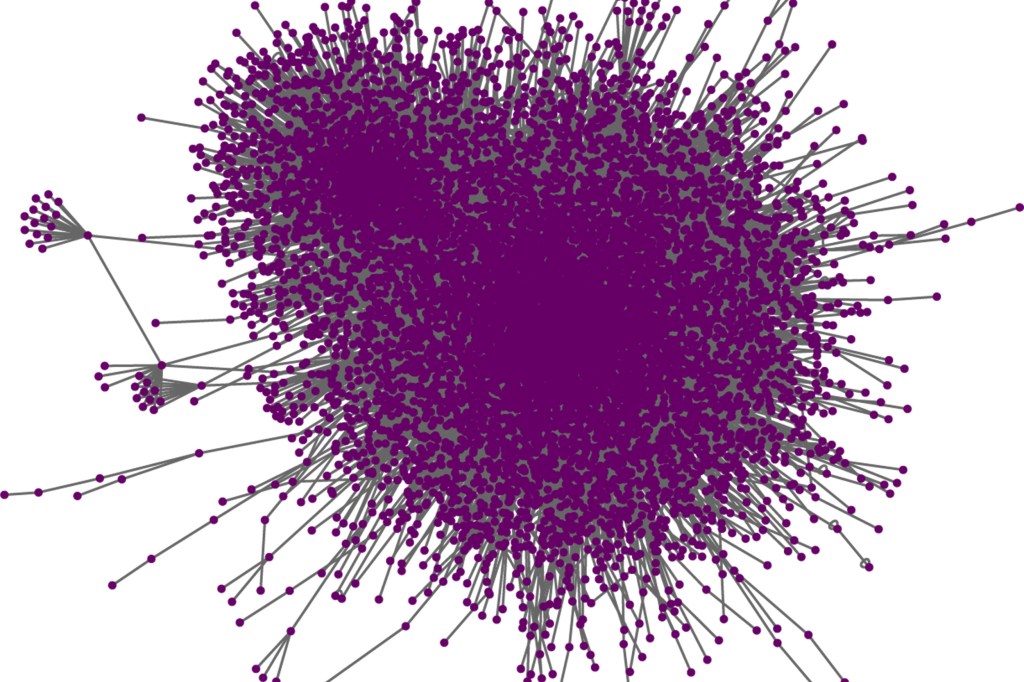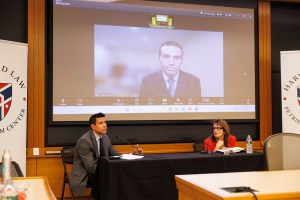Science & Tech
-

Harsh past might bare its teeth
Early adversity leads to higher aggression and fearfulness in adult canines, study says

-

What will AI mean for humanity?
Scholars from range of disciplines see red flags, possibilities ahead
-

‘Human exceptionalism is at the root of the ecological crisis’
Saving the planet requires getting over ourselves, argues author of ‘The Arrogant Ape’
-
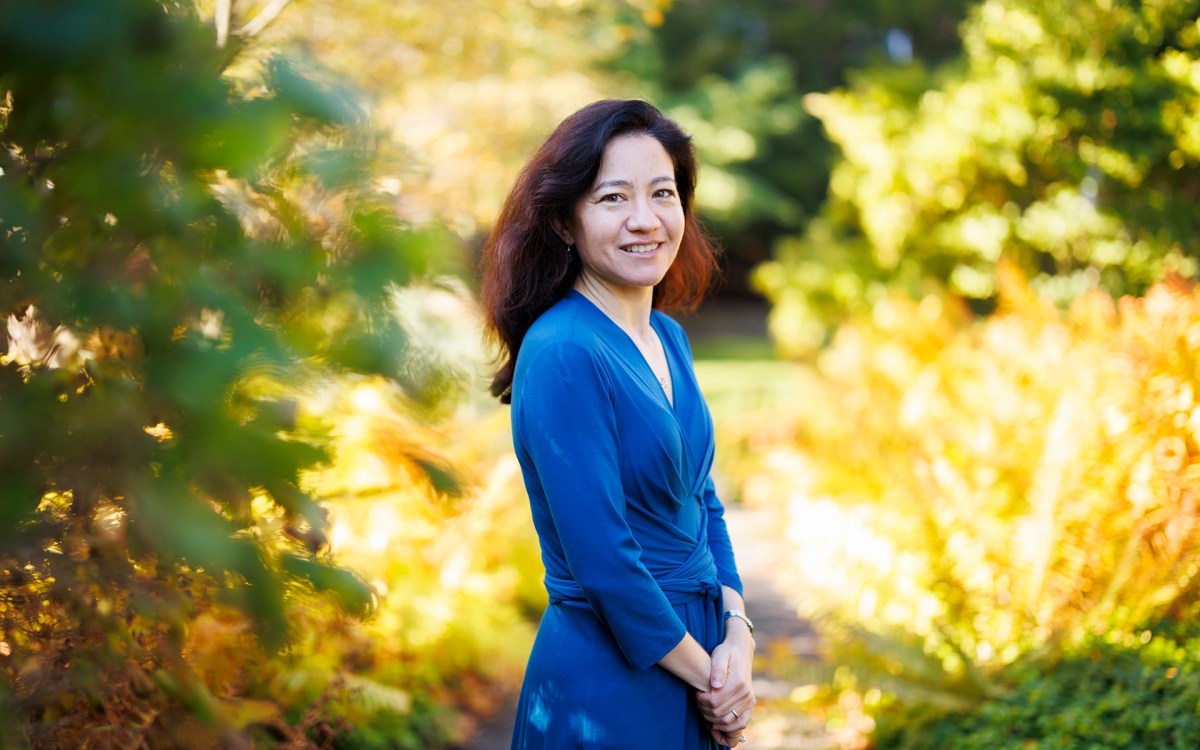
Lauren Williams awarded MacArthur ‘genius grant’
Math professor honored for theoretical breakthroughs with sometimes surprising applications across phenomena such as tsunamis, traffic
-
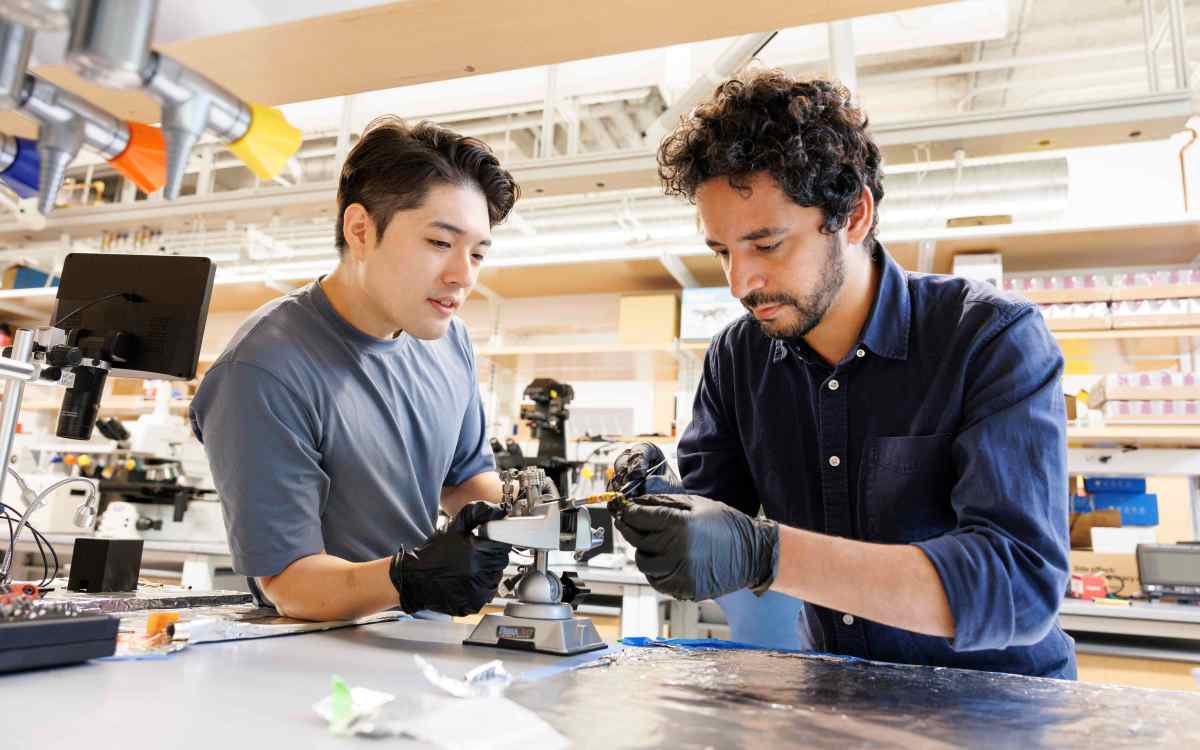
-
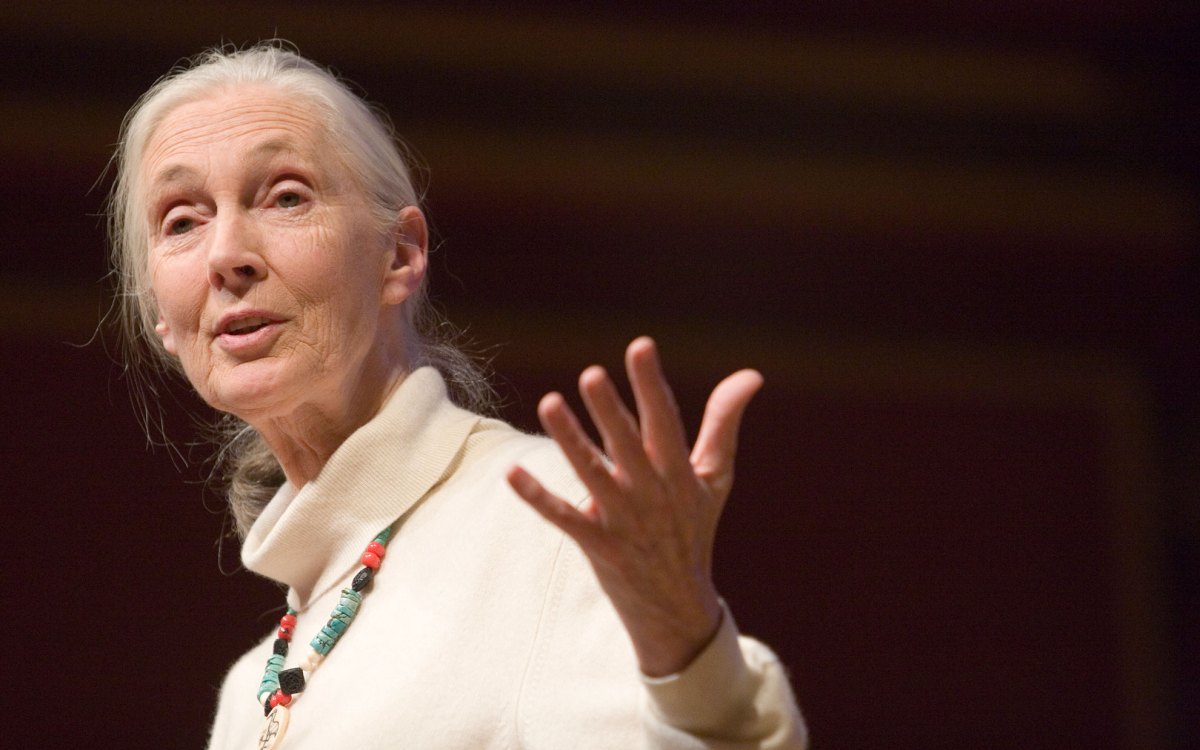
‘She had a sense of caring for everybody that she encountered.’
Richard Wrangham remembers his teacher and colleague Jane Goodall as a force of science, empathy, and hope
-
‘Universal phenomenon’ shared by metastatic prostate tumors
Prostate cancer progresses to a more-dangerous metastatic state by resurrecting dormant molecular mechanisms that had guided the fetal development of the prostate gland but had been subsequently switched off.
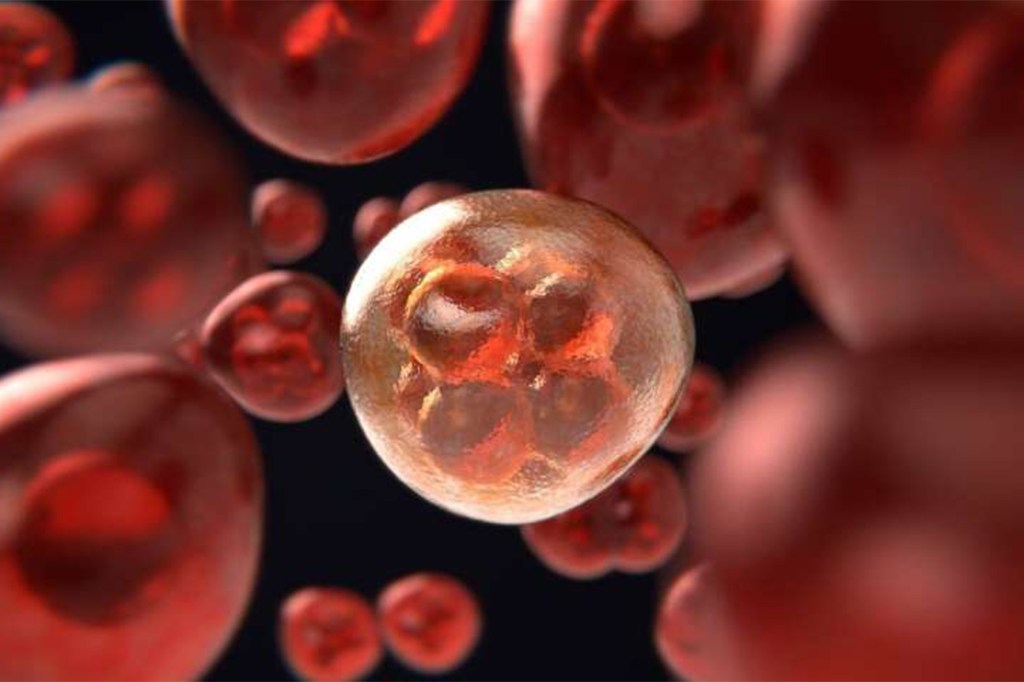
-
Getting to the bottom of goosebumps
Researchers have found that the same cell types that cause goosebumps are responsible for controlling hair growth.
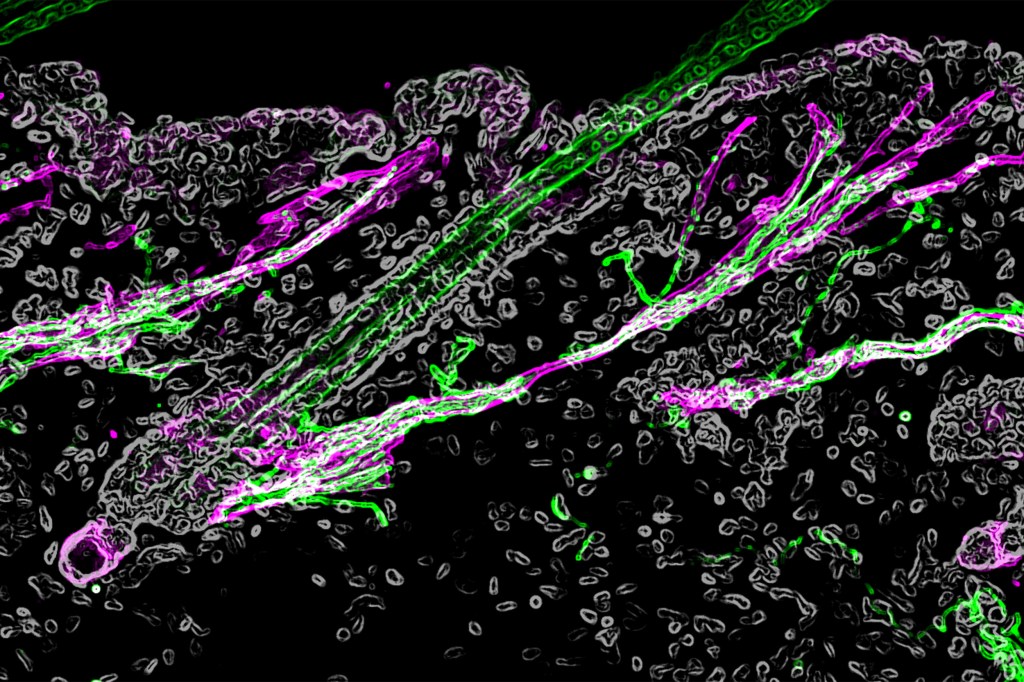
-
Better vaccines are in our blood
New platform technology uses red blood cells to generate targeted immune responses in mice

-
When a bird brain tops Harvard students on a test
African grey parrot Griffin shows off his brain power, making students doubt their own.
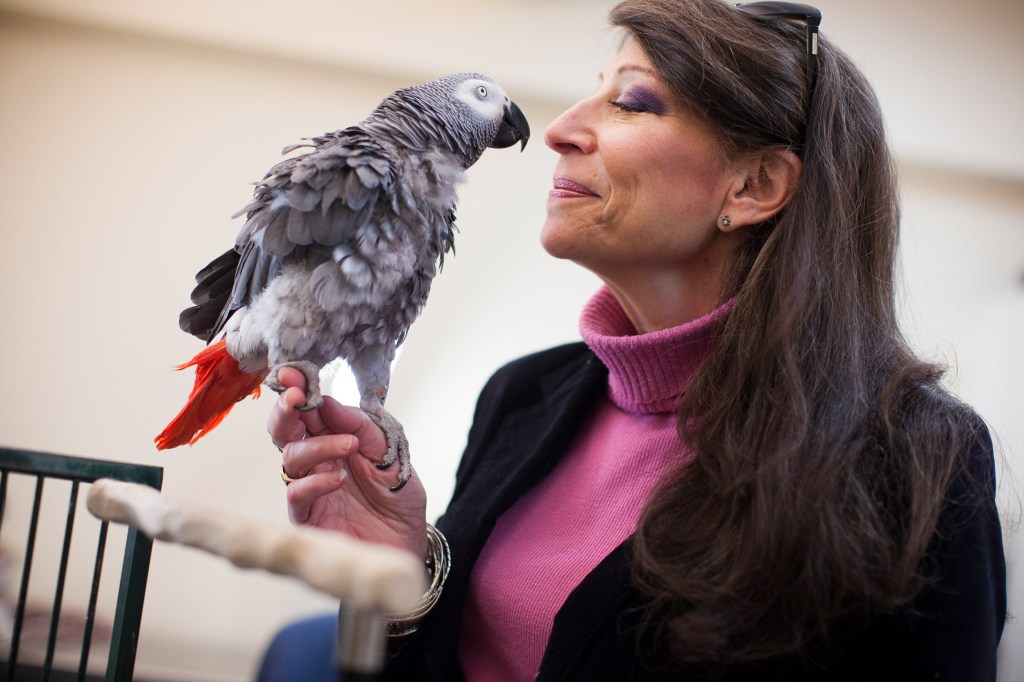
-
East Africa facing massive swarms of locusts
Researcher looks to sequence the pest’s genome as part of push to find a safer alternative to dangerous pesticides

-
Is air conditioning helping spread COVID in the South?
Harvard researchers, drawing on insights from tuberculosis research, say air conditioners may be a factor in COVID-19’s spread down South, and relatively inexpensive germicidal ultraviolet lights a weapon.

-
An expedition at the Arboretum
The Arnold Arboretum’s new Expeditions Mobile App gives visitors an interactive experience with audio, text, and imagery — all in the palms of their hands.
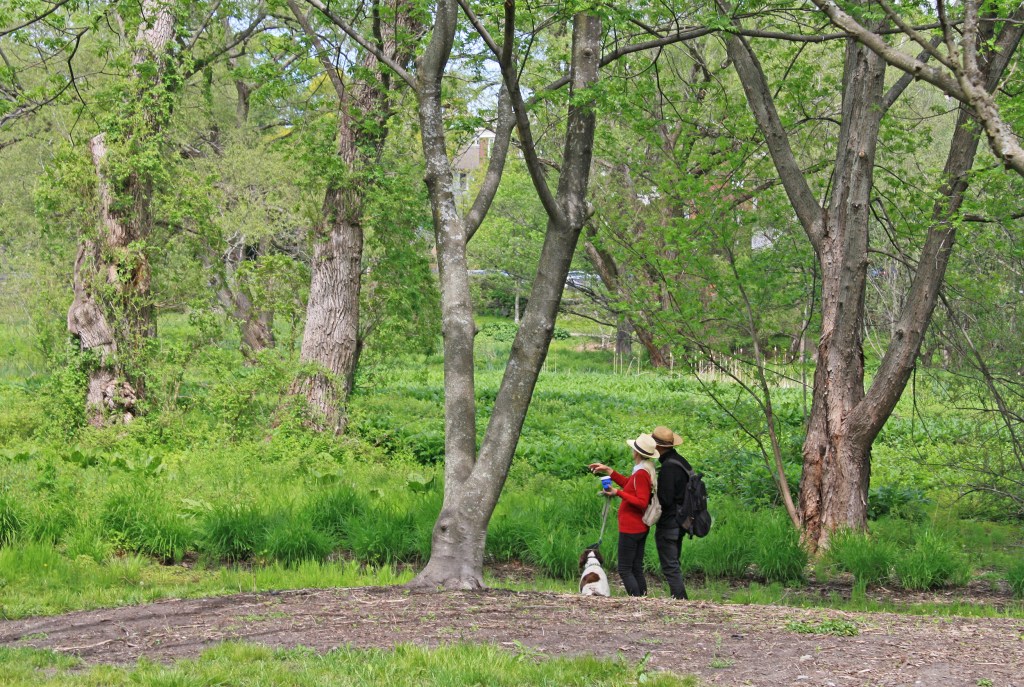
-
Nanofiber protects against extreme temperatures and projectiles
Harvard University researchers, in collaboration with the U.S. Army Combat Capabilities Development Command Soldier Center and West Point, have developed a lightweight, multifunctional nanofiber material that can protect wearers from both extreme temperatures and ballistic threats.
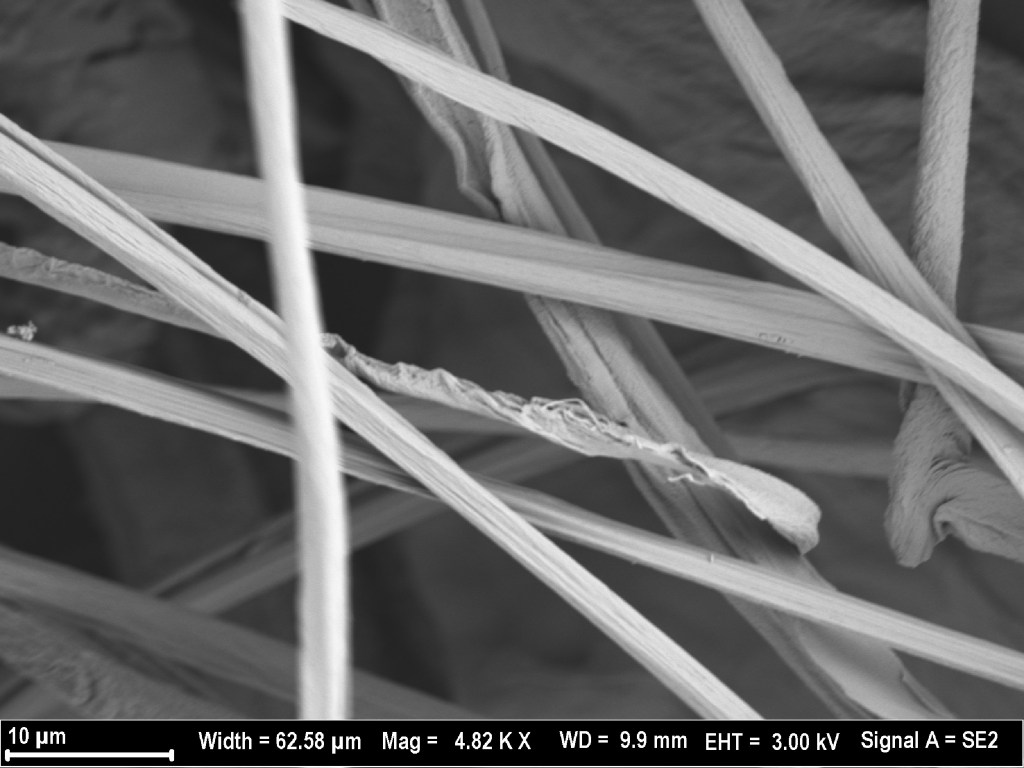
-
Lockdown? What lockdown?
Cellphone mobility data shows that most Americans have put the coronavirus lockdown in the rearview mirror and are moving about at nearly the same rate as they were before the pandemic began, according to a Harvard epidemiologist who studies such data.
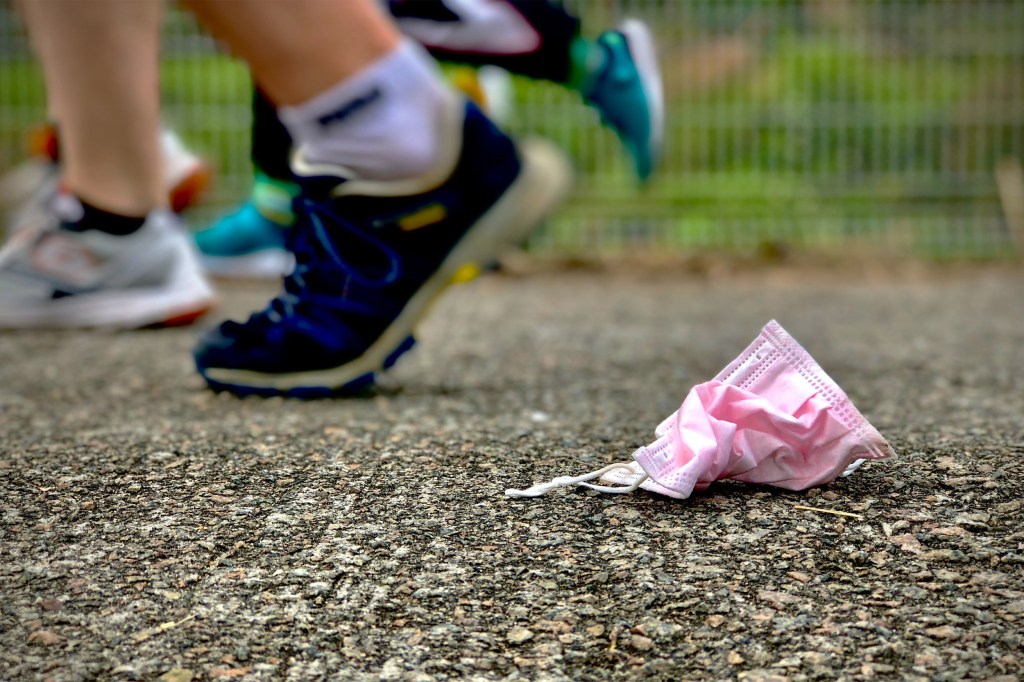
-
Microbes might manage your cholesterol
Researchers discover mysterious bacteria that break it down in the gut.
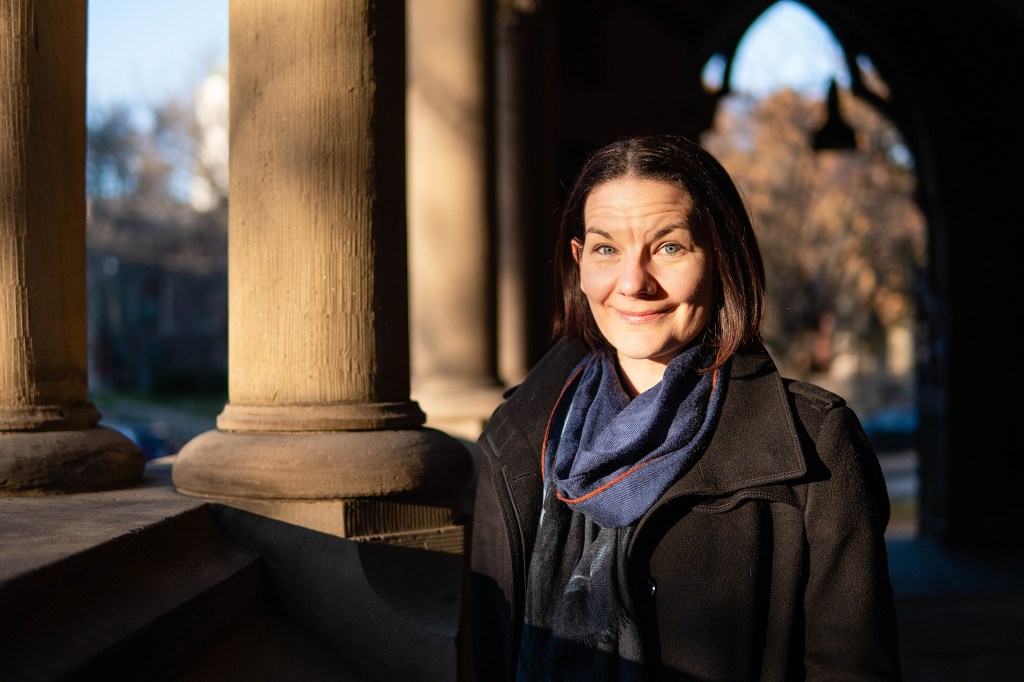
-
Finding COVID clues in movement
Tracking mobility of individuals offers hints of whether a problem is rising or falling.

-
Wyss Institute to accelerate drug testing for COVID treatment
With a $16 million agreement from DARPA, Harvard’s Wyss Institute will use its technology to identify and test already FDA-approved drugs that may prevent or treat COVID-19 infection.
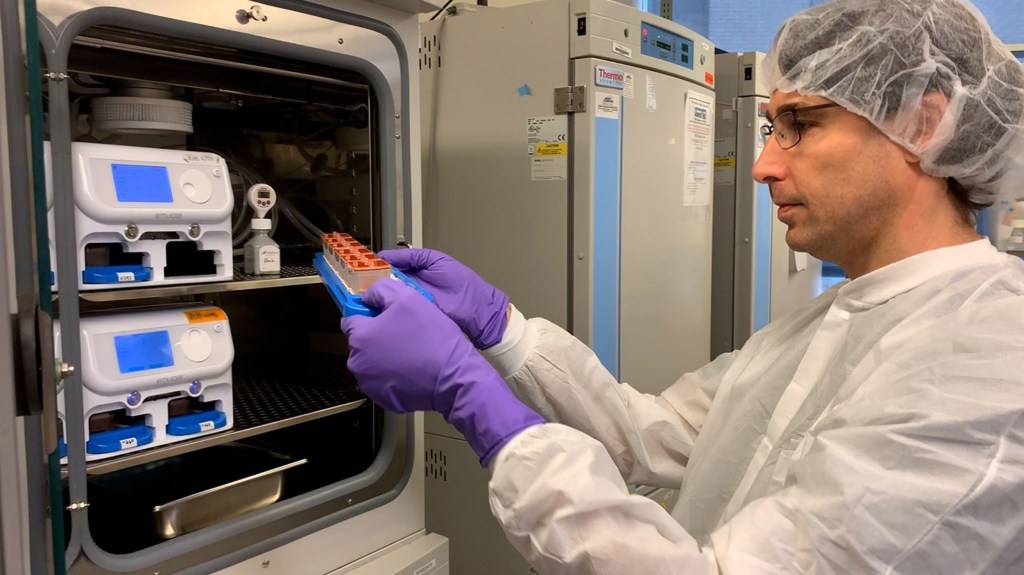
-
State of stasis
Neuroscientists have discovered neurons that control hibernation-like behavior in mice, a finding that could translate into applications in humans, such as preventing brain injury during a stroke.
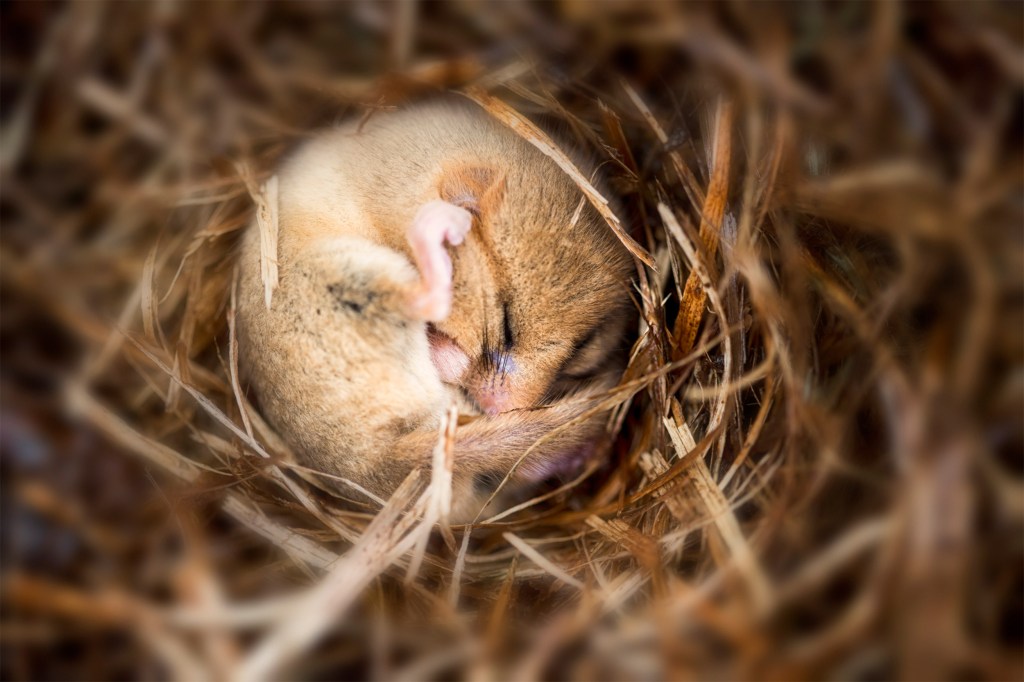
-
An engineering approach to shape neuronal connections
Precise control over neuron growth paves the way for repairing injuries, including those to the spinal cord, and improving brain models.

-
A promise to a friend
Wei Hsi “Ariel” Yeh dedicated her research in chemistry to solving some of the vast genetic mysteries behind hearing loss.

-
The origin of things
DNA-barcoded microbial spores can trace origin of objects, agricultural products.
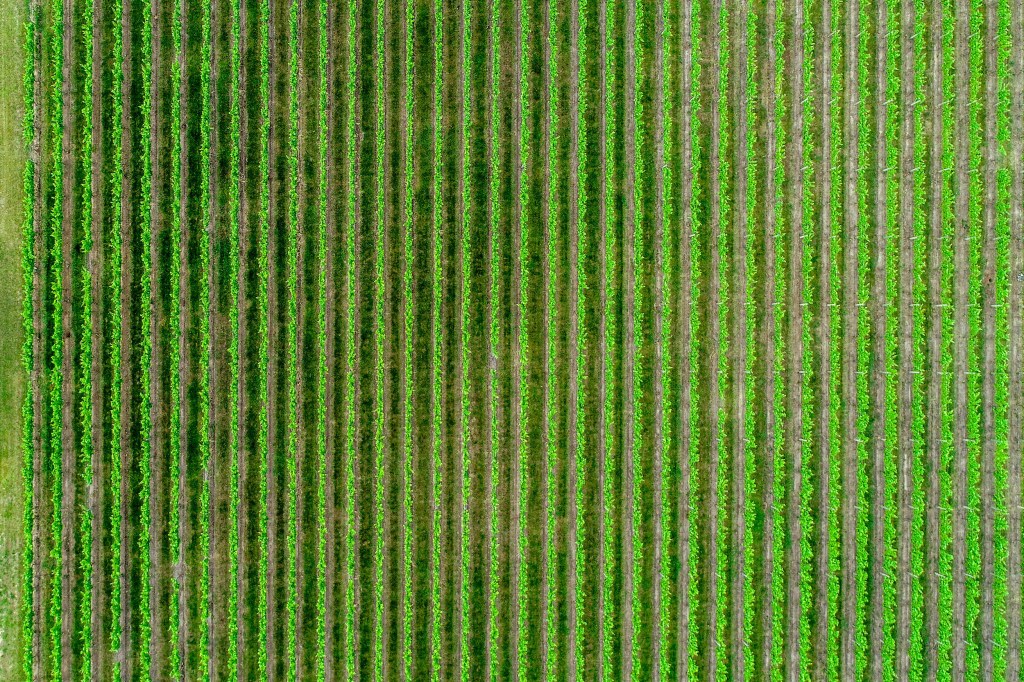
-
Sleep, death, and… the gut?
Fruit fly study finds death by sleep deprivation is preceded by the accumulation of unstable molecules known as reactive oxidative species in the gut.

-
A new threat to bees
Bee health experts Benjamin de Bivort and James Crall discuss the murder hornet threat and other dangers facing bees.
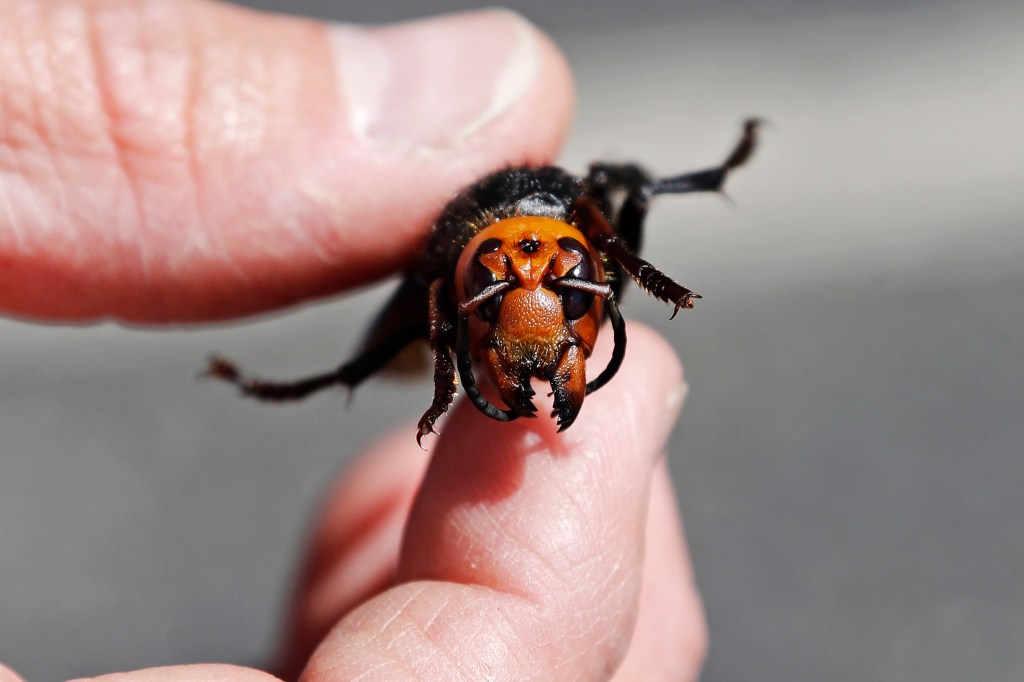
-
Horizontal helper
Cassandra Extavour and Leo Blondel provide the strongest suggestive evidence yet that at least part of a specific gene came from bacterial genomes.
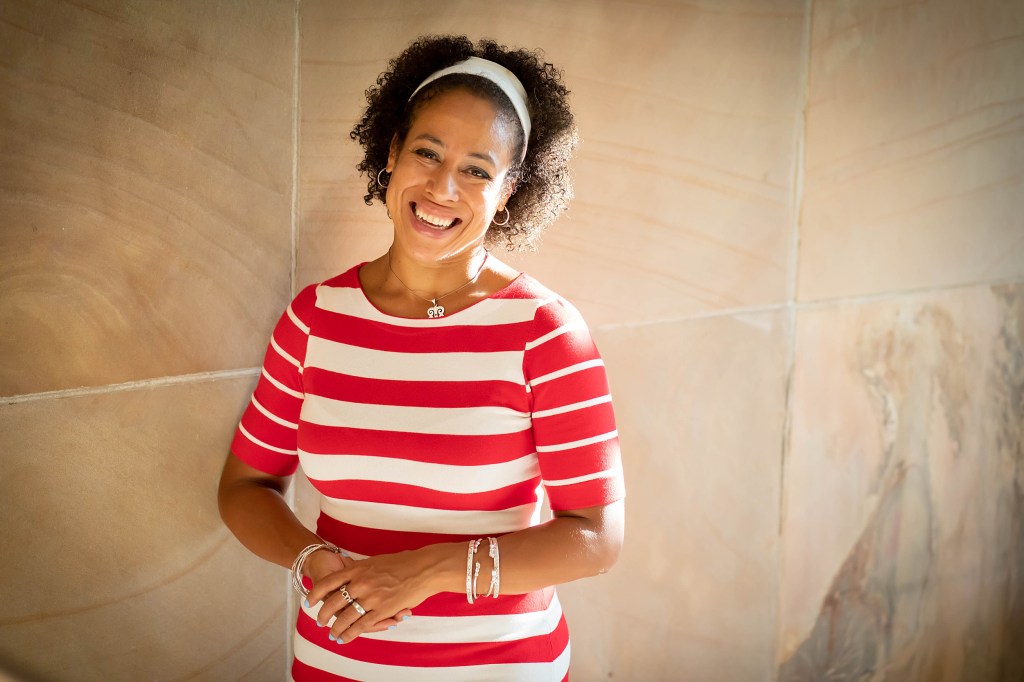
-
Filling gaps in our understanding of how cities began to rise
Genomic analysis shows long-term genetic mixing in West Asia before the rise of the world’s first cities
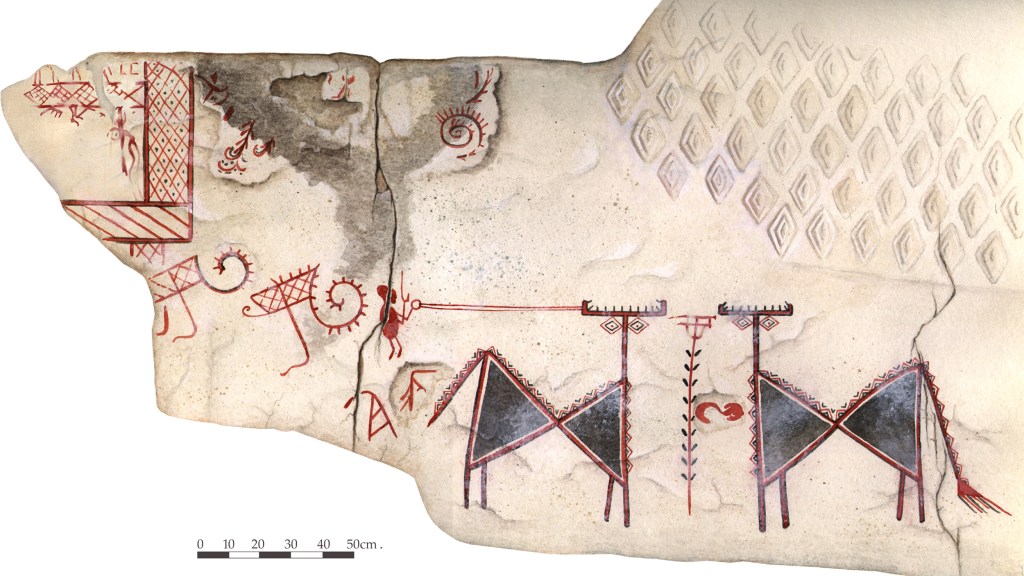
-
Gut microbiome influences ALS outcomes
The researchers found that in mice with a common ALS genetic mutation, changing the gut microbiome could prevent or improve disease symptoms.
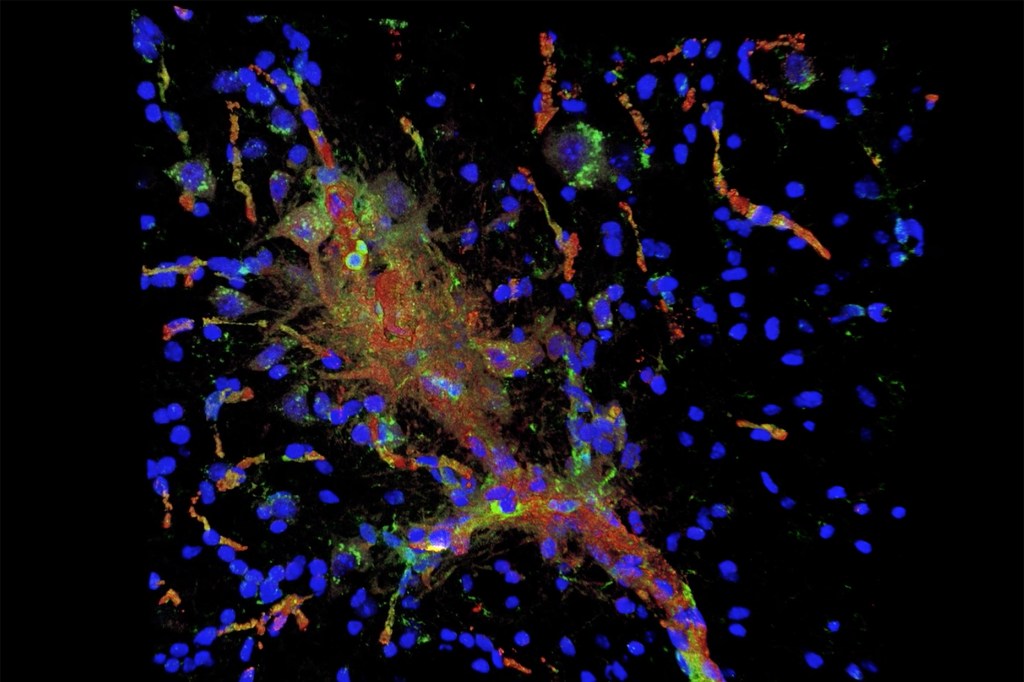
-
Water beast
New paper argues the Spinosaurus was aquatic, and powered by predatory tail.

-
CRISPR-based technology spots COVID-19
The CRISPR-based molecular diagnostics chip’s capacity ranges from detecting a single type of virus in more than 1,000 samples at a time to searching a small number of samples for more than 160 different viruses, including the COVID-19 virus.
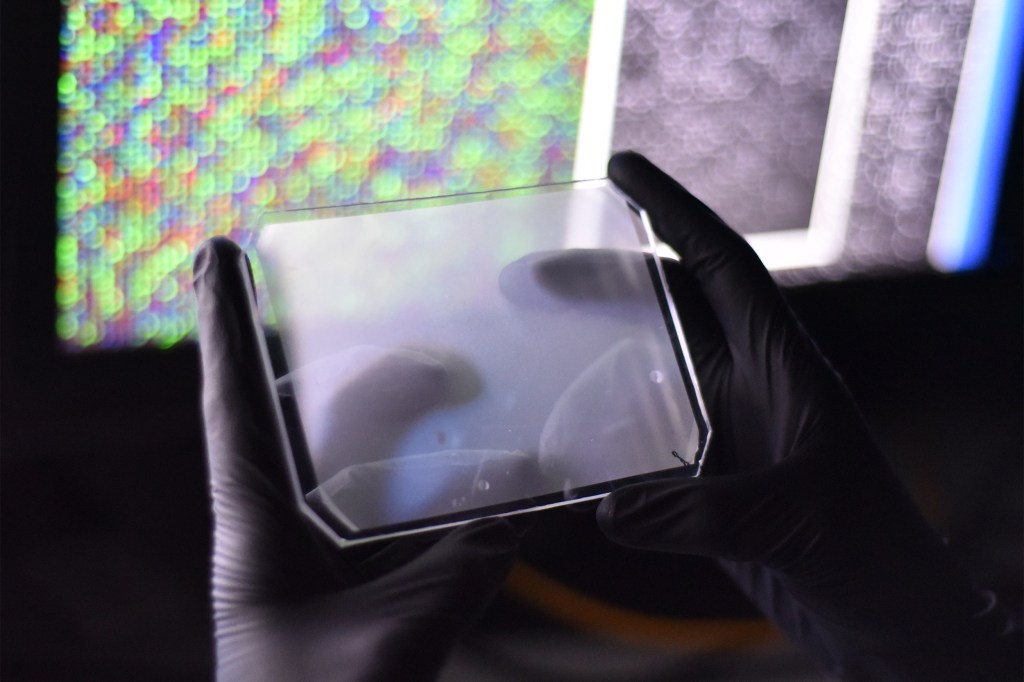
-
When tectonic plates began to shift
Harvard researchers detect some of the earliest evidence for modern-like plate motion.

-
Wyss-designed swabs enter human trials for COVID-19
The Wyss Institute has collaborated in the design of a new low-cost nasopharyngeal swabs that can be manufactured quickly to address the international shortage of swabs for testing and research.
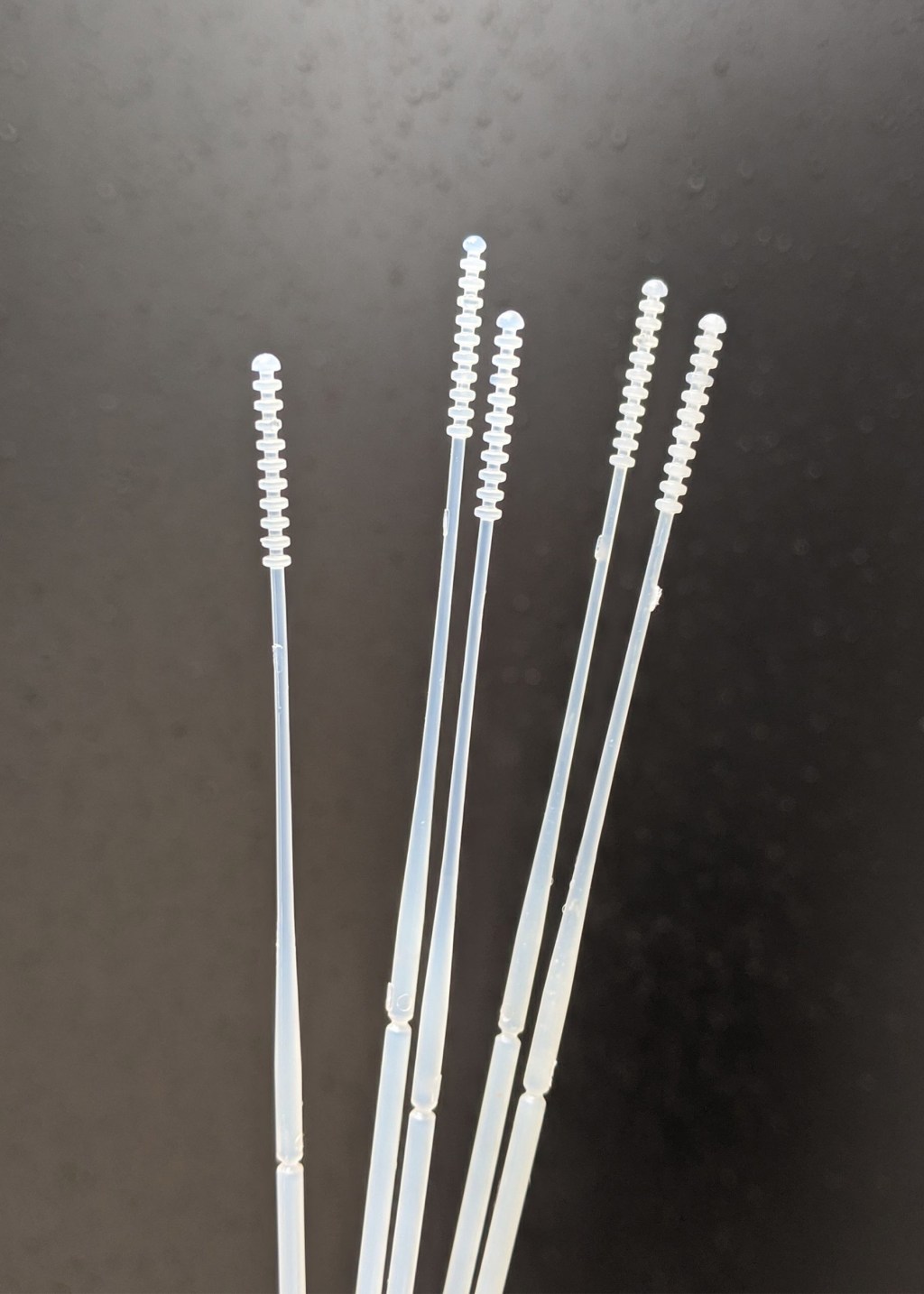
-
In a photo of a black hole, a possible key to mysteries
So little is known about black holes and the image hints at a path to a higher-resolution image and more and better data.

-
Toward an unhackable quantum internet
Harvard and MIT researchers have found a way to correct for signal loss with a prototype quantum node that can catch, store, and entangle bits of quantum information. The research is the missing link toward a practical quantum internet.

-
Students come together with Congregate
With the move to online classes, a group of Harvard students quickly formed a team and collaborated over spring break to develop Congregate, a web platform that enables users to host events or gatherings that are broken into many dynamically generated conversation rooms.
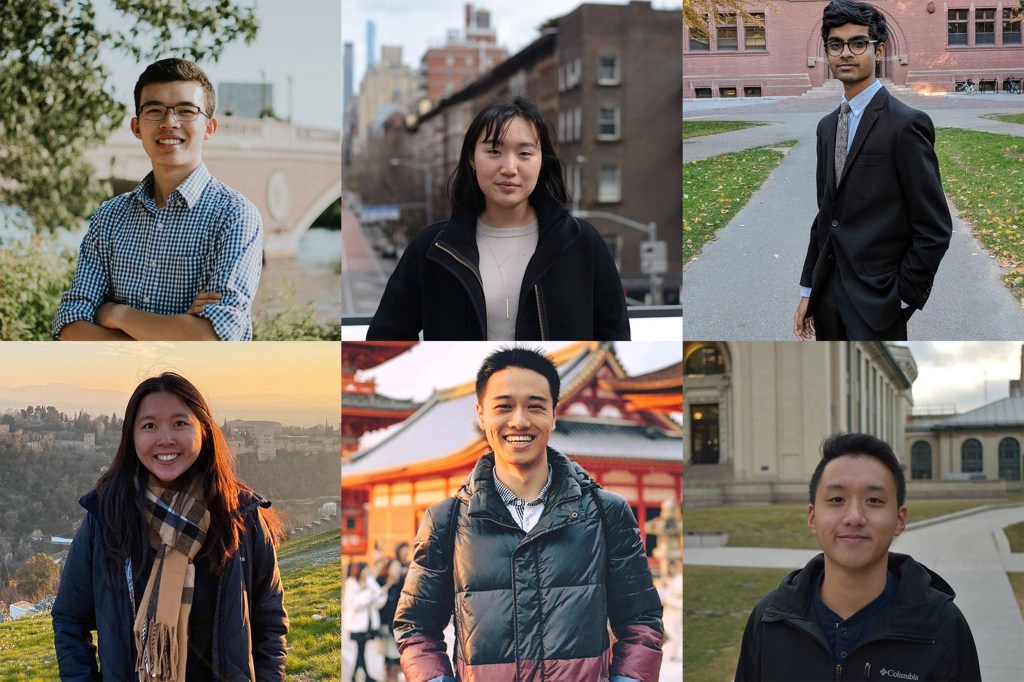
-
‘Faster protection with less material’
Further research and development on a class of molecules called bisphosphonates might turbocharge a vaccine against SARS-CoV-2, the novel coronavirus, and help bring immunity to huge populations more quickly.
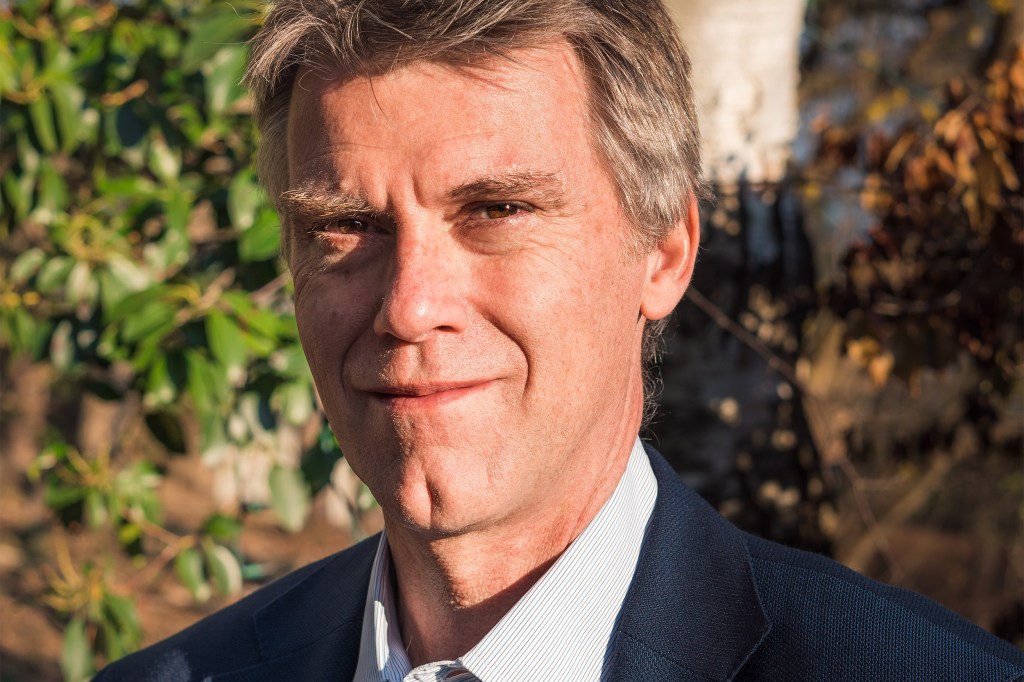
-
Scientists map human protein interactions
Scientists produce a reference map of human protein interactions, releasing data helpful for understanding diseases including cancer and infectious diseases such as COVID-19.
